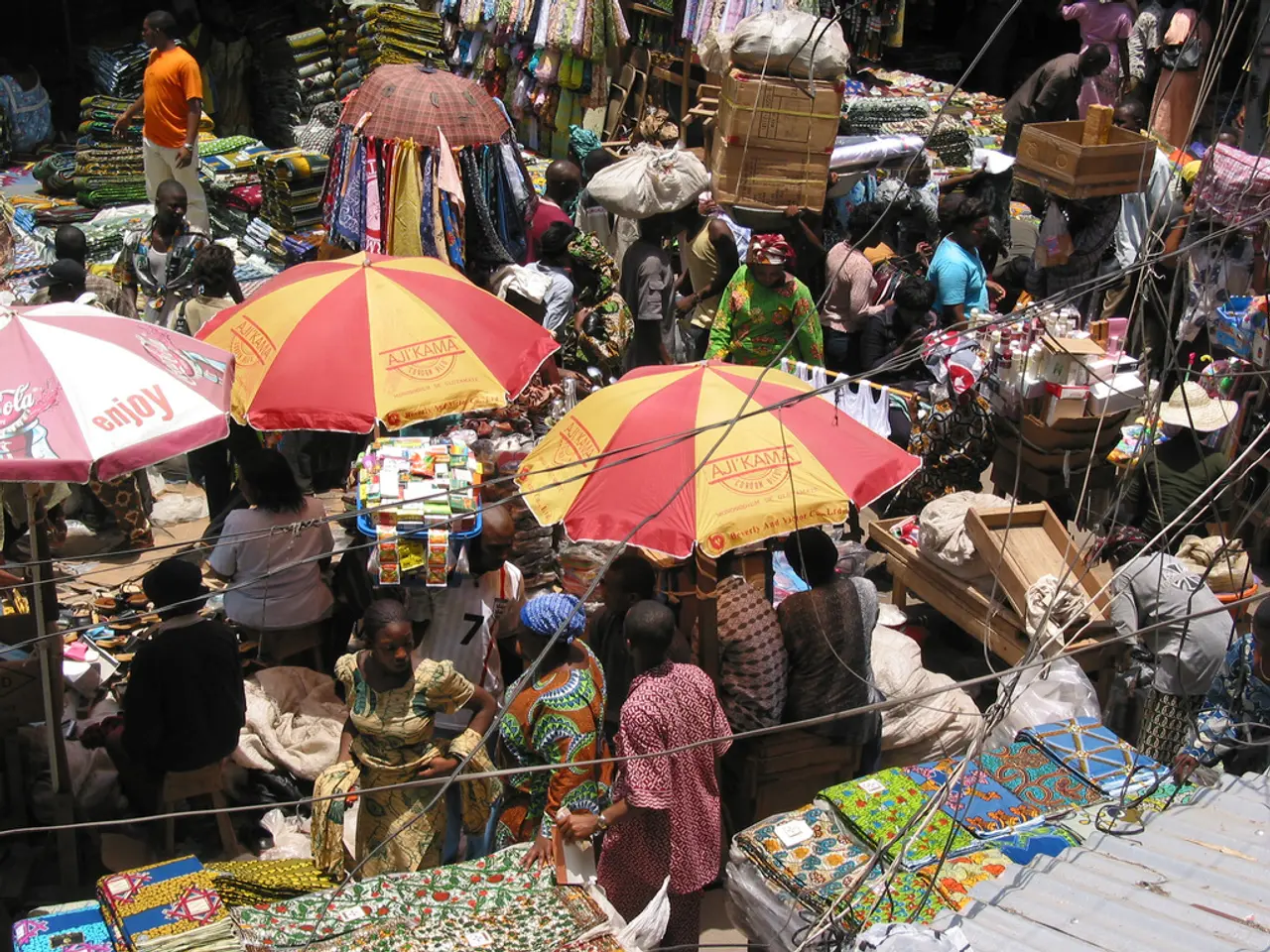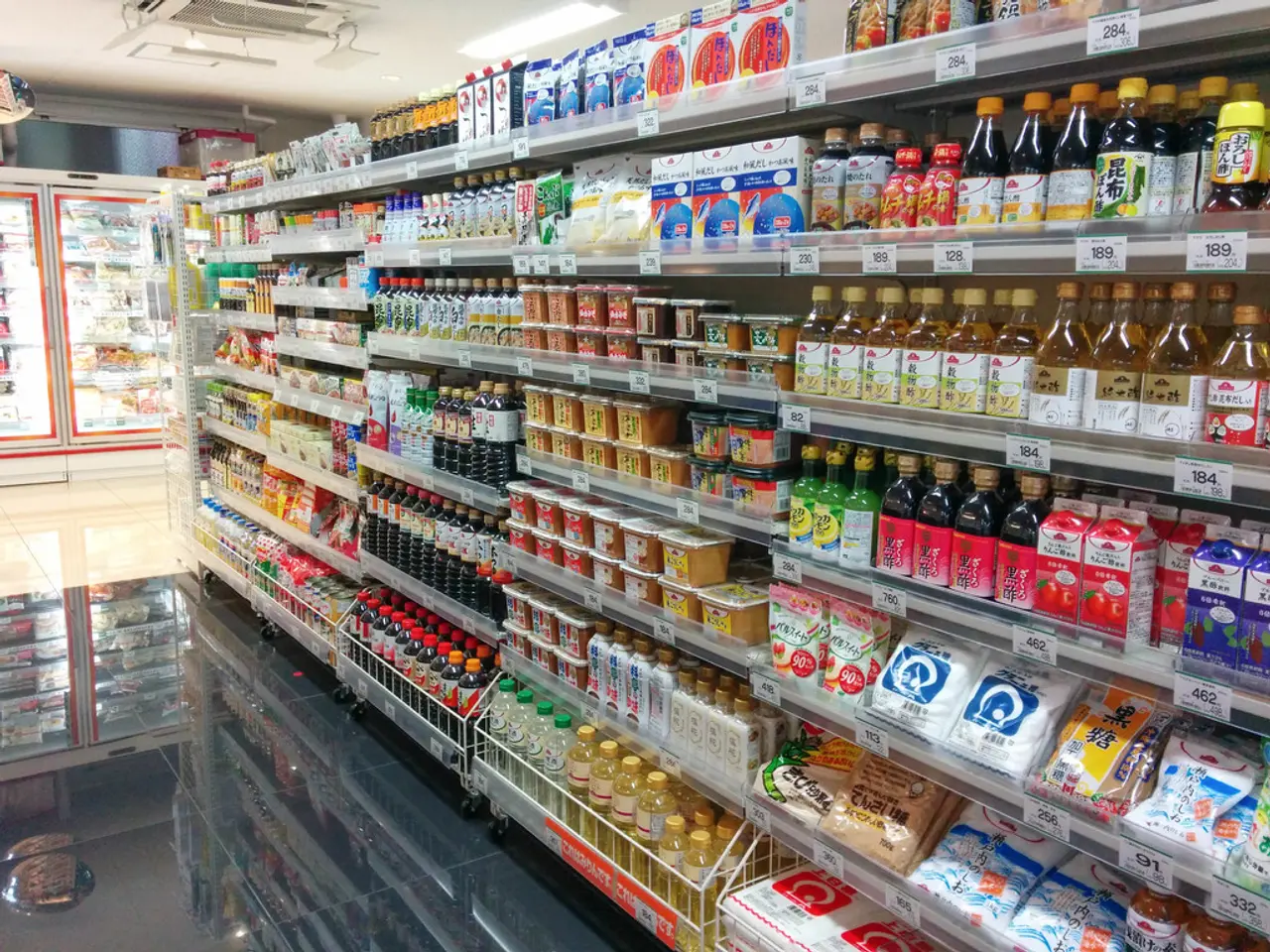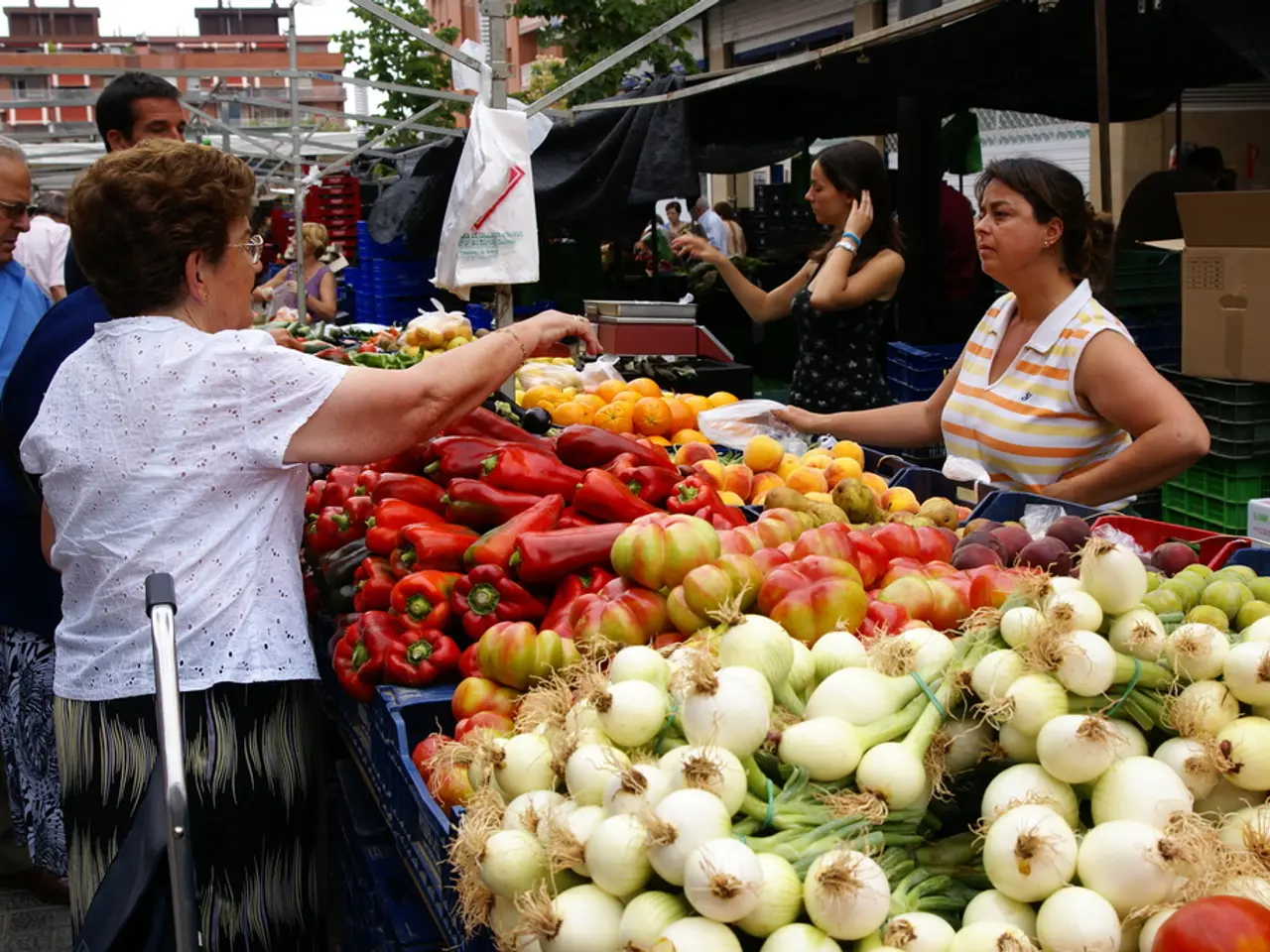Drug trafficking's covert funds: unveiling the mechanism through which drug dealers accumulate their massive fortunes
In the ever-evolving world of organized crime, money laundering has become a critical tool for criminal organizations to give their illicit proceeds the appearance of legitimacy. This article examines several methods used to launder money globally, including shadow banking, the Hawala system, cryptocurrencies, and art.
Shadow Banking
Criminals exploit shadow banking by using non-traditional financial institutions and networks that operate outside regular banking regulations. Global networks of shell companies and facilitators are employed to layer money through complex transactions, often involving informal credit and lending systems, offshore accounts, or casinos to mix illegal proceeds with legitimate funds [1].
Hawala System
The Hawala system, an informal, trust-based remittance system common in parts of Asia and the Middle East, is another avenue for money laundering. Criminals exploit Hawala by transferring money via networks of brokers who settle debts through trust and personal connections [3]. The system’s anonymity and lack of documentation make it ideal for quickly transferring illicit money across borders without creating a clear audit trail.
Cryptocurrencies
Digital currencies have become the pillars of professional anonymity in the 21st century, requiring no identification and transferring value instantly [6]. Criminals use cryptocurrencies to layer and integrate money by converting illegal cash into crypto, moving it through multiple wallets and exchanges worldwide, mixing it with clean funds using “mixers” or “tumblers,” and eventually cashing out into fiat currencies or assets [2][5].
Art
High-value art is used as a vehicle for integration because it is difficult to value precisely and often traded privately [3]. Criminals purchase art with illicit funds, hold it to obscure linkage to criminal activity, then resell or use it as collateral to receive legitimate loans. The art market’s opacity and limited regulatory requirements make art transactions attractive for disguising ownership and moving large value amounts seamlessly.
Each of these methods aligns with the three stages of money laundering—placement, layering, and integration—and often criminals combine several techniques globally to further complicate detection and prosecution [1][3][5].
The war against dirty money is a race without a finish line. International cooperation is crucial in tracing cryptocurrency transactions, as the location of wallet control can be anywhere in the world [4]. While specialized networks, often Chinese, handle the exchange of cryptocurrencies for cash, charging commissions of between 5% and 10% [7], there are probably structures for money laundering so sophisticated that they are not yet able to be detected.
In an effort to combat money laundering, Spain has positioned its specialized units among the most advanced in Europe [8]. However, fraudulent use of NGOs has been detected as a method for money laundering [9]. Restaurants, nightclubs, luxury car dealerships, tourist apartments, and real estate promotions are habitual tools for money laundering [10].
Recent operations, such as the dismantling of a criminal network dedicated to cocaine trafficking on the Guadiana river [11], demonstrate the ongoing battle against organized crime and its attempts to launder money. Works of art, including paintings attributed to Picasso, have been used in money laundering operations [12]. Money laundering gives the appearance of legality to proceeds from illegal activities in the organized crime world.
References:
- The Vancouver Model
- Cryptocurrencies and Money Laundering
- Art and Money Laundering
- International Cooperation in Tracing Cryptocurrency Transactions
- Cryptocurrencies and Money Laundering: A Global Perspective
- Cryptocurrencies: The Pillars of Professional Anonymity
- Specialized Networks Handle Cryptocurrency-to-Cash Exchanges
- Spain's Advanced Units in Combating Money Laundering
- Fraudulent Use of NGOs for Money Laundering
- Common Tools for Money Laundering
- Criminal Network Dismantled on the Guadiana River
- Picasso Paintings Used in Money Laundering Operations
- Shadow banking, Hawala system, cryptocurrencies, and art are all used as methods for money laundering, where criminals exploit their anonymity and lack of regulation to give their illicit proceeds the appearance of legitimacy.
- Digital currencies such as cryptocurrencies are being used to layer and integrate money by converting illegal cash into crypto, moving it through multiple wallets and exchanges globally, and eventually cashing out into fiat currencies or assets.
- Art, particularly high-value pieces, is used as a vehicle for integration in money laundering because of its opacity and limited regulatory requirements, making it attractive for disguising ownership and moving large value amounts seamlessly.




